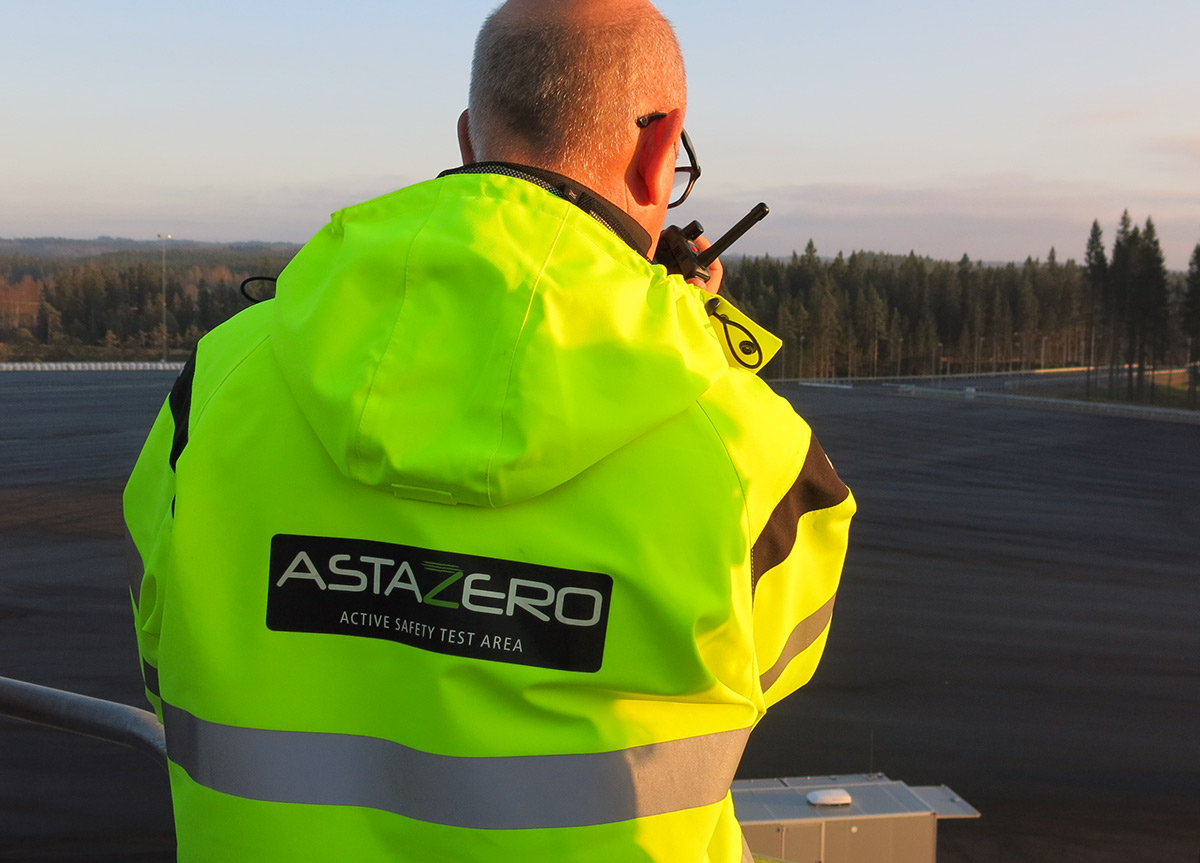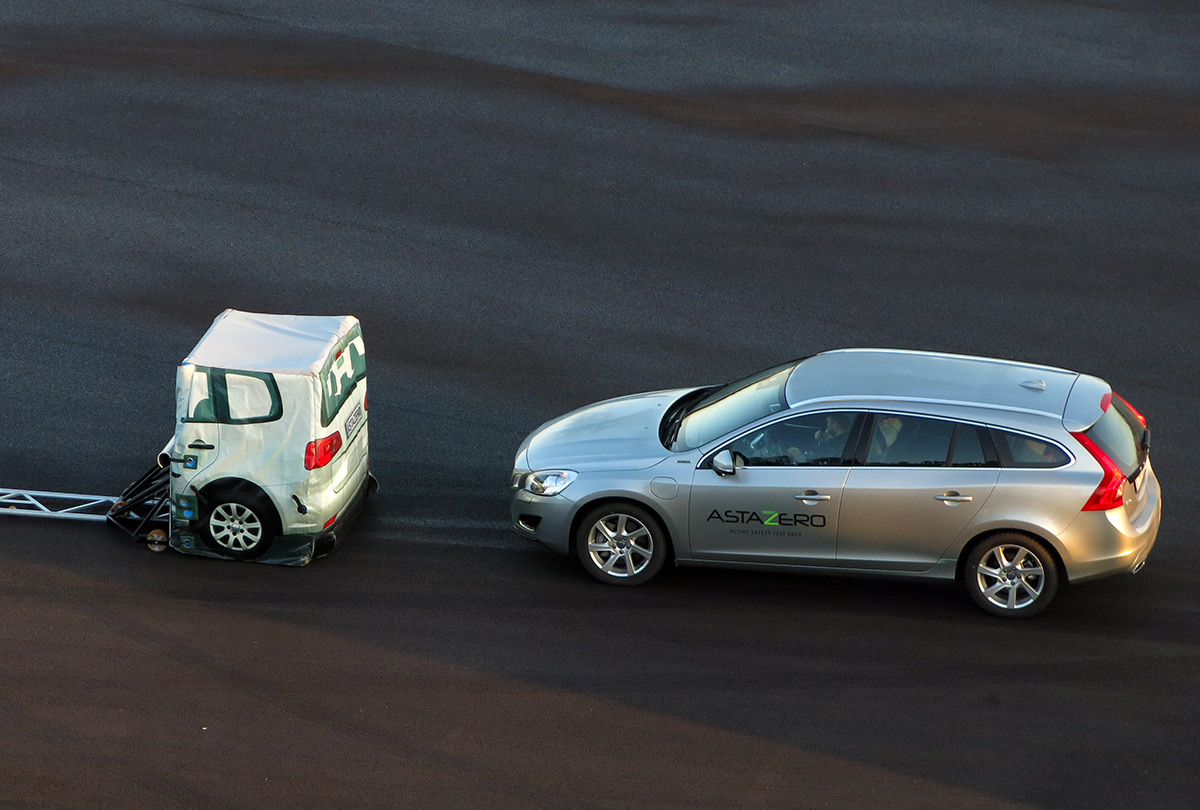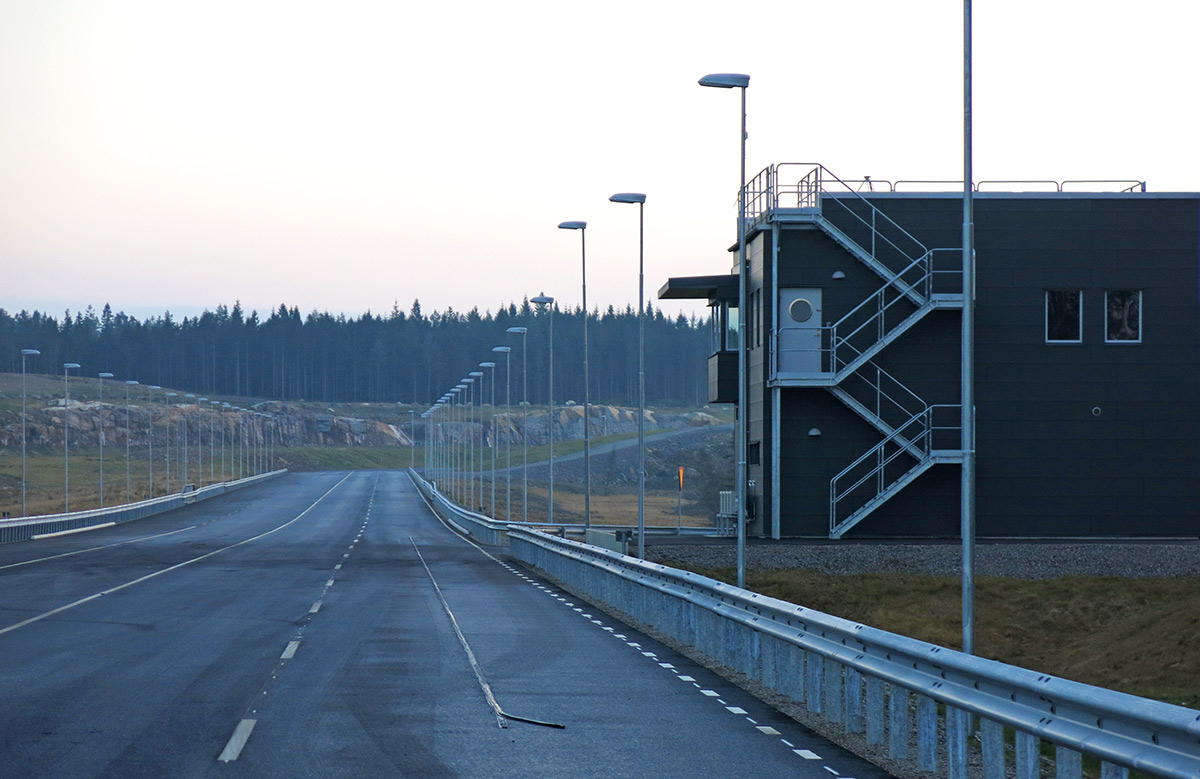A World First in Safety: AstaZero
Sweden’s testing grounds tucked away in a remote forest usher road safety into the next generation


Sweden is home to a rich design history where the principle that form follows function is felt in everything from fashion to public transportation. A key focus of the Swedish auto industry—spearheaded by Volvo—and indeed the country as a whole, is safety. In 1997 the government embarked on Vision Zero Initiative, with the goal being a highway system free of deaths and serious injuries. Volvo took it a step further through their Vision 2020 program with the aim to—through design—prevent all death and injury to Volvo occupants. While these goals might seem lofty, striving for them is leading to some very important technological and design innovations where safety is concerned, and they’re all being tested at the world’s first open and fully customizable proving ground AstaZero.

Though the track is just an hour from Volvo’s headquarters in Gothenburg, it feels a world away. Rolling hills, countless lakes and pastoral farms dot the wooded landscape around the 500 acre facility. AstaZero features a unique funding structure, where industrial partners serve, as major clients yet do not control the facility itself. Academic and policy research are key areas of interest, with Swedish government and universities acting as co-founding members.

AstaZero, however, is very much open for business. The site is the first of its kind to offer clients—from automakers to research groups—open access to a fully wired track. As CEO Pether Wallin explains, “The limits exist only in the minds of the clients. You can simulate all types of real-world traffic scenarios. At most proving grounds, the options are more limited.” They’re also largely corporate owned and closed off to open research. Across AstaZero, four interconnected driving scenarios allow for the creation of any circumstances driver’s face on the road. Perhaps most eye-catching is the urban driving center. Four faux blocks (adorned Harlem storefront-like façades) might look more like a Prada Marfa tribute than a research center, but in the small area, the AstaZero team is able to incorporate pedestrian variables, bike lanes and bus stops to simulate a bustling city center.

A three-and-a-half mile highway around the facility is generally used for driving behavior tests, from sleep-deprived driving to distractions to impairment, and different entry points can be used to test driving ability. Physical obstacles (for example, a moose) can be incorporated throughout the track at random to test sensor systems. The facility is also able to paint road markings and establish signage in line with multiple country regulations—drawing in clients from around the world.
Having opened in August 2014, the site is already home to multiple ongoing academic, public and commercial research projects. Visit AstaZero for more.
Images by Hans Aschim












